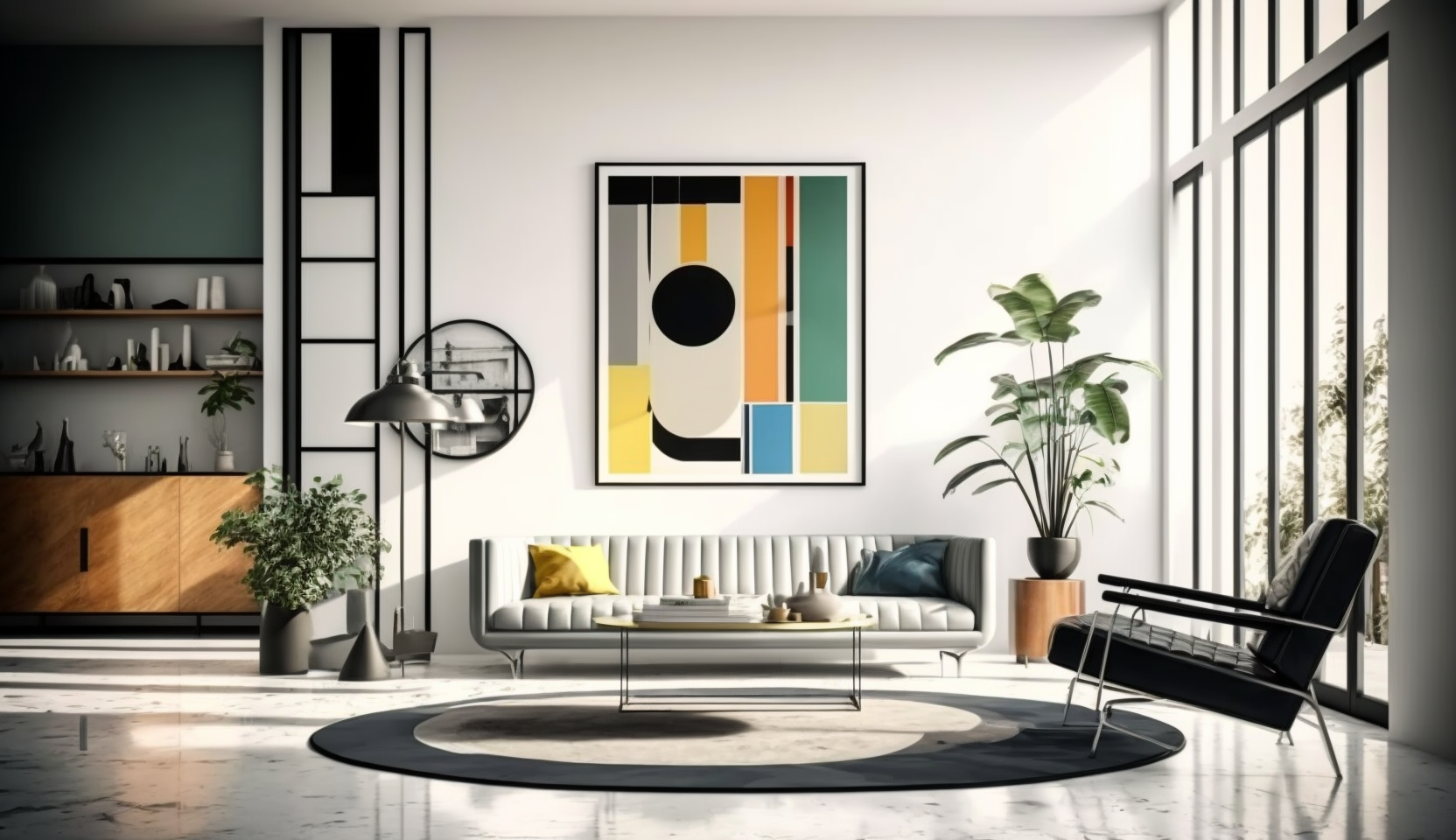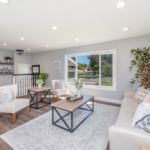Interior design is an enchanting fusion of creativity, functionality, and aesthetics that transforms spaces into personalized havens. The principles governing this art form serve as the blueprint for creating harmonious, visually appealing, and functional environments. Whether you’re revamping your living room or conceptualizing a commercial space, understanding these fundamental principles is essential. Let’s embark on a journey through the core principles that shape the world of interior design.
Balance
Balance is the keystone of interior design, creating a sense of equilibrium in a space. There are two types of balance – symmetrical and asymmetrical. Symmetrical balance involves mirroring elements on either side of a central point, imparting a formal and traditional feel. On the other hand, asymmetrical balance introduces a more dynamic and informal touch by distributing visual weight unevenly, yet maintaining equilibrium.
In the pursuit of interior design excellence, incorporating high-quality and iconic furniture brands like Ligne Roset UK can elevate a space’s aesthetic appeal and functionality, seamlessly aligning with the principles that shape the artistry of design.
Harmony and Unity
Harmony and unity are achieved by establishing connections between various elements in a space. Colors, textures, patterns, and forms should resonate with one another to create a cohesive and pleasing atmosphere. Achieving harmony ensures that the entire design feels like a unified composition rather than a collection of disparate elements.
Contrast
Contrast injects life and interest into a design by highlighting differences. It can be achieved through the juxtaposition of light and dark colors, smooth and rough textures, or modern and traditional elements. Contrast adds depth and visual intrigue, preventing a space from becoming monotonous.
Rhythm
Rhythm in interior design is like the heartbeat of a space, guiding the eye through a sequence of elements. Repetition, progression, and transition are the key elements of rhythm. Repetition establishes consistency, progression leads the eye from one element to the next, and transition ensures a smooth flow between different areas.
Emphasis
Emphasis, also known as focal point, is the design element that immediately draws attention. It serves as the anchor for the entire design, guiding the observer’s gaze and creating a visual hierarchy. This could be a statement piece of furniture, a vibrant accent wall, or a unique lighting fixture.
Proportion and Scale
Proportion and scale govern the size and visual weight of elements in a space. Maintaining a harmonious relationship between these elements ensures that neither dominates the overall design. Proportion involves the size of individual components, while scale considers how these components relate to the entirety of the space.
Functionality
No matter how visually stunning a space may be, it must also be functional. Interior design should optimize the use of space, ensuring that it meets the needs and lifestyle of its occupants. Thoughtful consideration of furniture placement, storage solutions, and traffic flow contributes to a seamless and practical design.
Conclusion
In the realm of interior design, these principles serve as the guiding stars, navigating designers through the complexities of creating captivating and functional spaces. Whether you’re aiming for a classic, timeless ambiance or a contemporary, avant-garde vibe, understanding and applying these principles will empower you to transform any space into a work of art. The beauty of interior design lies in its ability to merge aesthetics with functionality, turning ordinary spaces into extraordinary sanctuaries.


